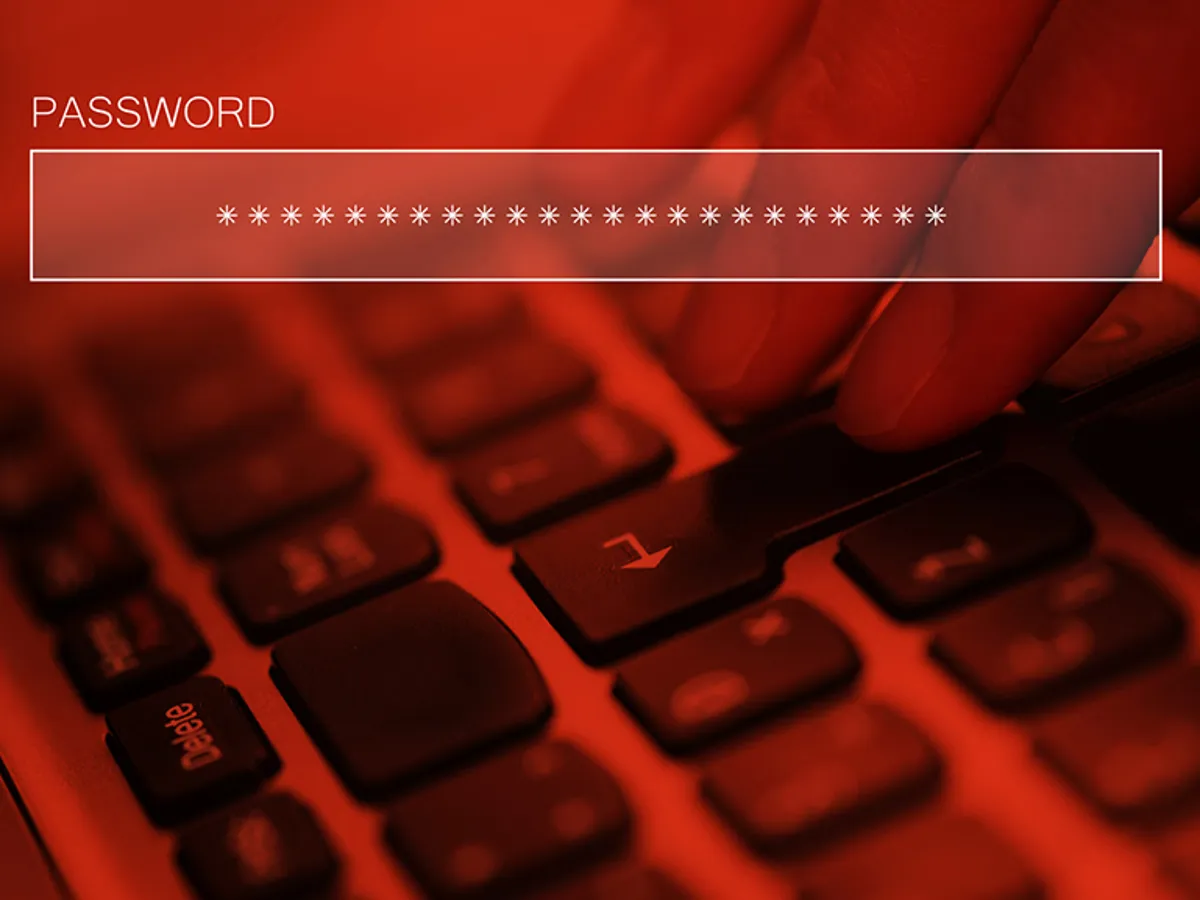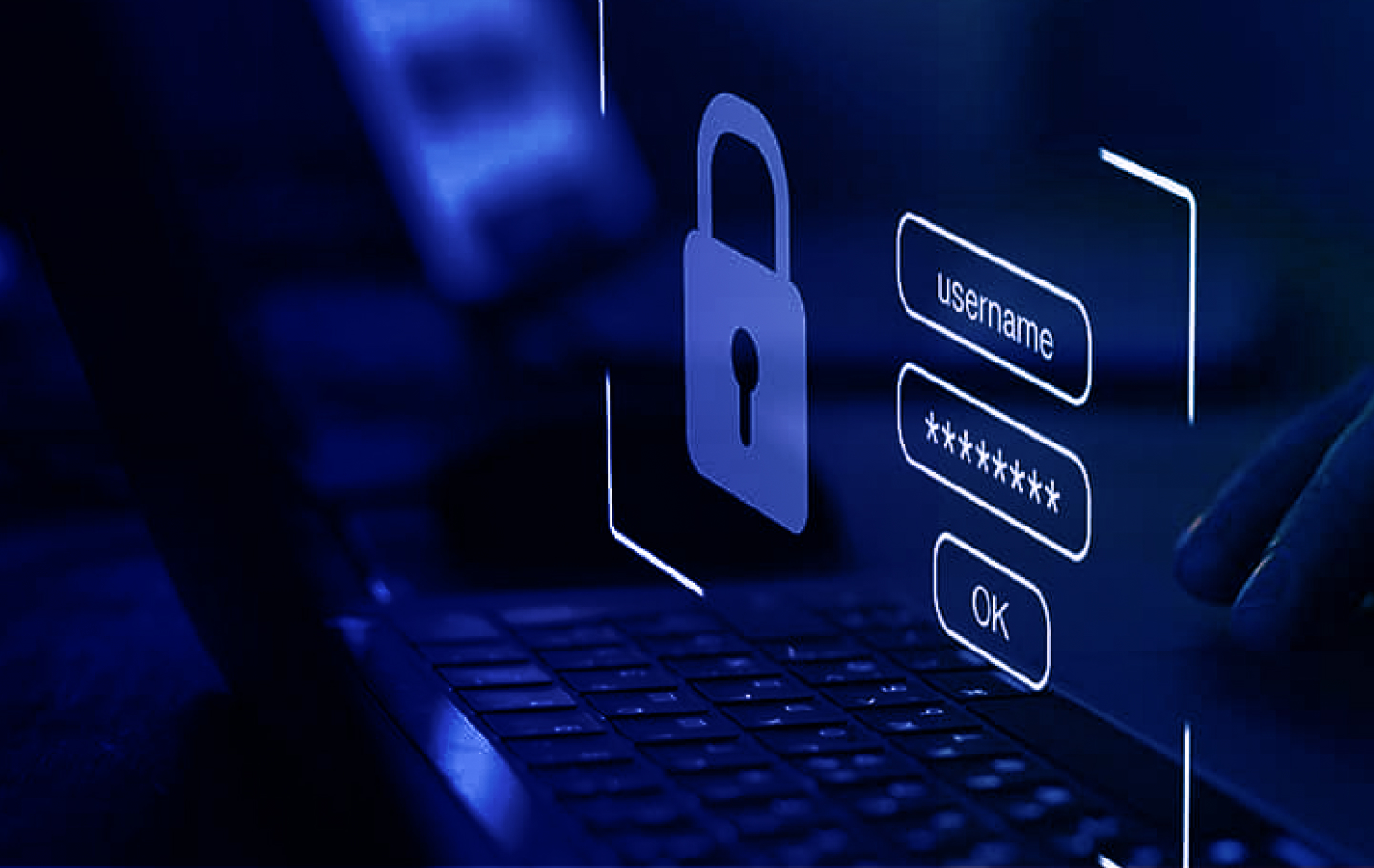Stop using common passwords now. In the digital age, where personal and professional lives are increasingly intertwined with online platforms, the security of our digital identities has never been more paramount. Yet, as we navigate through countless login screens daily, the allure of simplicity often trumps the call for complexity in our choice of passcodes.
The recent findings from the Cybernews Investigation Team illuminate a concerning trend: the persistence of easily guessable passcodes that could be gateways to personal data breaches.

The Top 10 Culprits of Compromised Security
The list of the most commonly used passwords of the year, as revealed by the investigation, reads like a manual on what not to do when securing your digital life. From the simplicity of ‘123456’ to the predictable sequence of ‘qwerty’ or the numeric stretch of ‘1234567890’, these passcodes are alarmingly straightforward.
Despite widespread awareness campaigns and countless victims of cyberattacks, these combinations continue to dominate the charts of poor password practices.

A Deep Dive into Digital Complacency
The staggering total of over 15 billion passwords analyzed in the study, with more than 2 billion unique entries, underscores the vast landscape of online security—or the lack thereof. Privacy expert Jason Wise points out the crux of the issue: the overwhelming number of passcodes an average user needs to remember.
This overload leads to the adoption of simple, memorable, and consequently, vulnerable passcodes. Wise’s advice is clear: if your password makes the list of common choices in 2024, it’s high time for a change.
Beyond the Basics: Strengthening Your Digital Defenses
The investigation not only sheds light on the problem but also offers solutions. The recommendation for a password length hits the mark at 12 characters—a mix of numbers, special characters, and both lower and uppercase letters, drastically enhancing security.
Scientific American supports this, noting that a 12-character password is exponentially harder to crack than its six-character counterpart.
https://twitter.com/cybercrime_1/status/1756711452205838623
Yet, passcodes alone don’t offer an impenetrable defense. The addition of multi-factor authentication is heralded as a necessary layer of protection, a sentiment echoed by cybersecurity professionals.
This method ensures that even if a password is compromised, unauthorized access to accounts is still blocked without the second verification step.
The Unchanging Landscape of Password Protection
A glance at the most used passwords of this year reveals a concerning continuity from 2023. The list is a testament to the static nature of our cybersecurity habits, with traditional, weak passcodes still in everyday use.
This resistance to change, despite the increasing sophistication of cyber threats, highlights a significant gap in public awareness and the adoption of cybersecurity best practices.

A Call to Action
The findings from the Cybernews Investigation Team are a stark reminder of the ongoing battle in cyberspace. As we move further into 2024, the call for robust password practices has never been louder or more urgent. The responsibility lies with each user to fortify their digital presence against the ever-present threat of cyber intrusion.
Adopting complex passcodes, utilizing password generators, and enabling multi-factor authentication are steps in the right direction, steering us away from the perilous path of predictable passcodes toward a more secure digital future.










